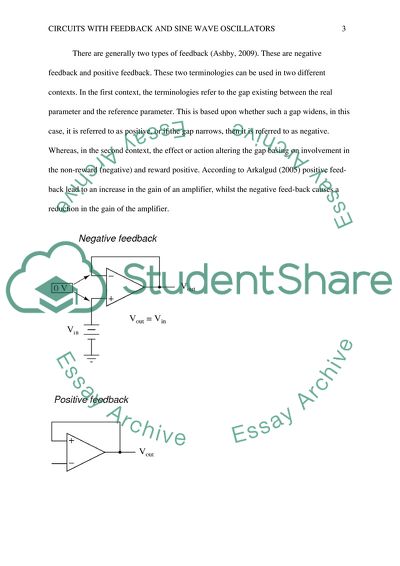Cite this document
(Circuits with Feedback and Sine Wave Oscillators Coursework Example | Topics and Well Written Essays - 3750 words, n.d.)
Circuits with Feedback and Sine Wave Oscillators Coursework Example | Topics and Well Written Essays - 3750 words. https://studentshare.org/physics/1793537-circuits-with-feedback-and-sine-wave-oscillators
Circuits with Feedback and Sine Wave Oscillators Coursework Example | Topics and Well Written Essays - 3750 words. https://studentshare.org/physics/1793537-circuits-with-feedback-and-sine-wave-oscillators
(Circuits With Feedback and Sine Wave Oscillators Coursework Example | Topics and Well Written Essays - 3750 Words)
Circuits With Feedback and Sine Wave Oscillators Coursework Example | Topics and Well Written Essays - 3750 Words. https://studentshare.org/physics/1793537-circuits-with-feedback-and-sine-wave-oscillators.
Circuits With Feedback and Sine Wave Oscillators Coursework Example | Topics and Well Written Essays - 3750 Words. https://studentshare.org/physics/1793537-circuits-with-feedback-and-sine-wave-oscillators.
“Circuits With Feedback and Sine Wave Oscillators Coursework Example | Topics and Well Written Essays - 3750 Words”. https://studentshare.org/physics/1793537-circuits-with-feedback-and-sine-wave-oscillators.


